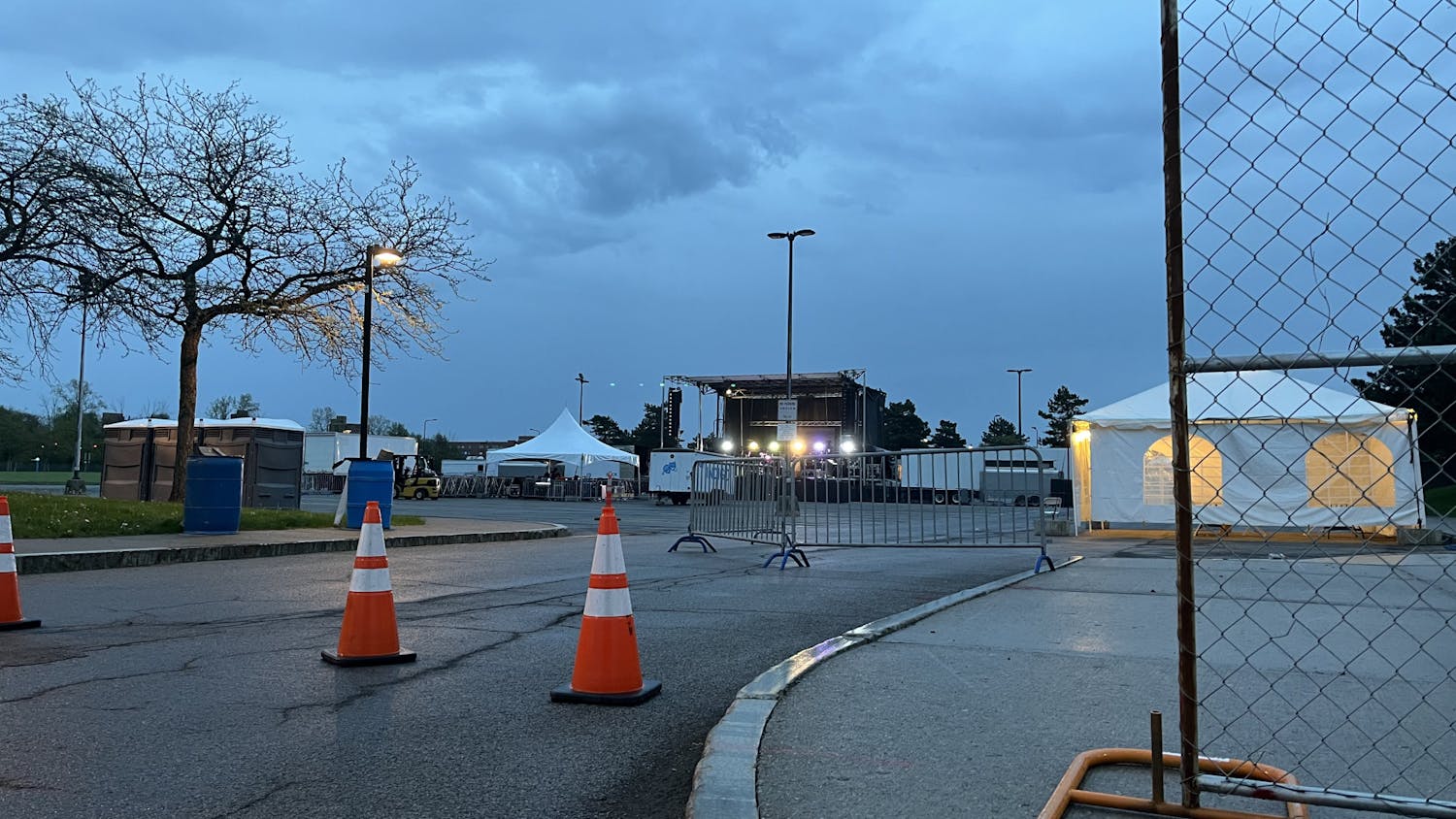In a small corner of the Capen library is an unassuming room that, despite its obscurity, is a treasure chest of literature.
The fourth floor of the Capen library houses The Poetry/Rare Books Collection, a shining jewel among the university's historical acquisitions. From the highly coveted compilation of James Joyce material to unknown poems and publications by today's struggling writers, the poetry/rare books collection does not discriminate.
In 1935, Thomas B. Lockwood donated his personal, extensive collection of rare books, poetry and artwork to UB. In 1937, "The Poetry Project," as it was then called, sparked the university's accumulation of a large collection of works. The university has approximately 110,000 first editions, some ranging as far back as 1616.
Its current holdings include first editions of Mary Shelley's Frankenstein, Nathaniel Hawthorne's The Scarlet Letter, and Herman Melville's Moby Dick, as well as a folio from William Shakespeare.
Michael Basinski, the collection's associate curator, considers its contents exceptional and irreplaceable.
"We have a very unique collection that is impossible to duplicate," he said.
It is, however, by no means complete. Thomas Lockwood only sought famous works, and did not focus on one particular genre or author.
"This is a very active collection and we are constantly receiving new material," said Basinski.
Part of Basinksi's job as associate curator is to seek new works. He is constantly writing letters to authors, collectors and other universities in an effort to expand UB's holdings. The collection is so well known that the library receives hundreds of unsolicited magazines, poetry and books by mail, all of which are filed and archived.
Basinksi said the rare books division provides a strong framework for 20th century poetry, which comprises a majority of the collection.
Neil Schmitz, professor of English, finds the collection awe-inspiring.
"It is a semi-sacred place," said Schmitz. "John Ashbery read a long beautiful section from Flow Chart in the poetry room. Ghosts haunt the room and not all of them are friendly. Dead poets are noisy. You can be jostled in the poetry room by specters, even harassed."
The collection receives funding from numerous sources. New York state donates a considerable amount. One of the primary functions of the collection's curator, Dr. Robert J. Bertholf, however, is to seek out additional funding by means of endowments and donations.
The vast majority of the undergraduate body is unaware of the existence of the rare book and poetry library, and those who do know of it believe the collection needs to increase its visibility and accessibility.
"I know that it exists, but I think it should be more accessible. Most students have no idea it's there; it seems difficult to find more information about this," said Don Dimick, a junior English major. Dimick also suggested that the English department distribute information, or place specifics in the course catalog to make more students aware of its existence.
Basinski assures that students are welcome to utilize the collection, but they must have a purpose.
"Professors, graduate and undergraduate students are allowed to use the collection, but they must be here to do research, not to be tourists," he said.
The most frequent visitors to 420 Capen are professors and graduate students in English, comparative literature and art. Basinski said the collection gets frequent visitors from the University of Toronto and a graduate student from Paris is expected in coming months.
Future plans for the poetry/rare books collection involve cataloging the rare books online within the next year. A percentage of the poetry is currently available on the Web.




